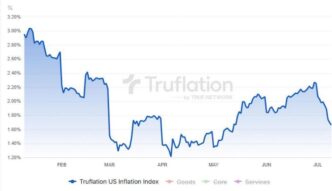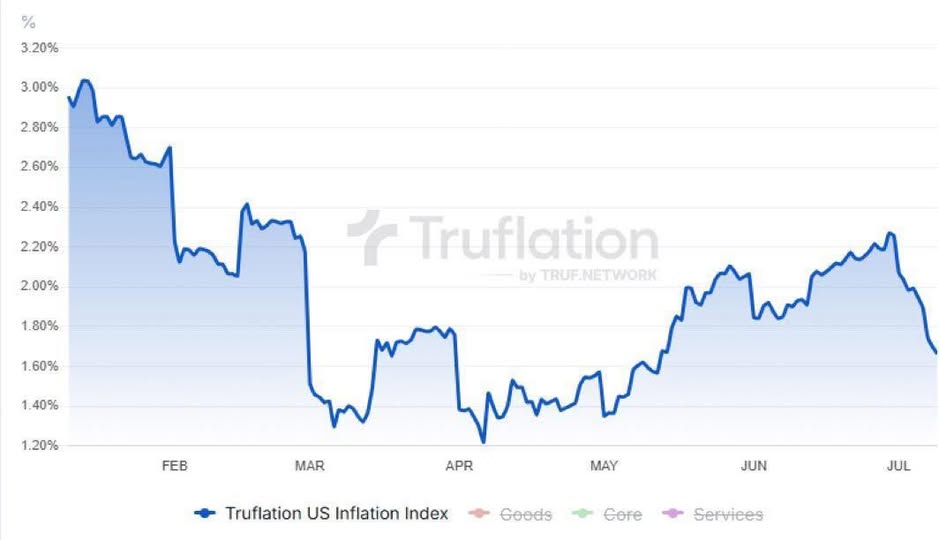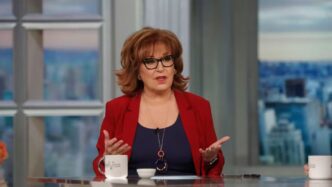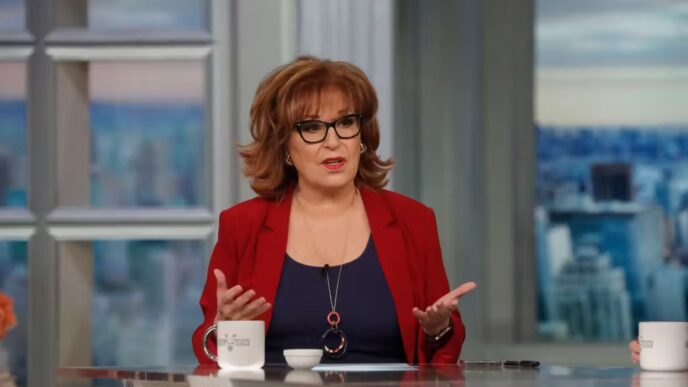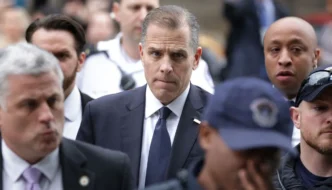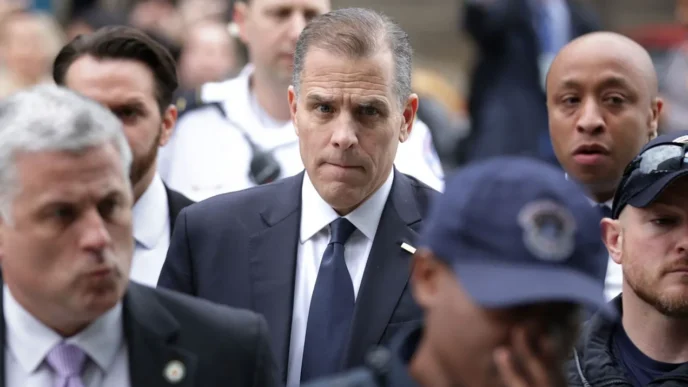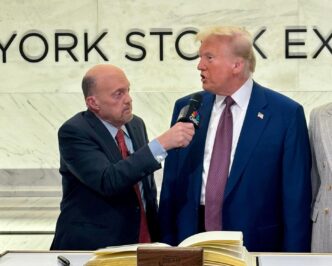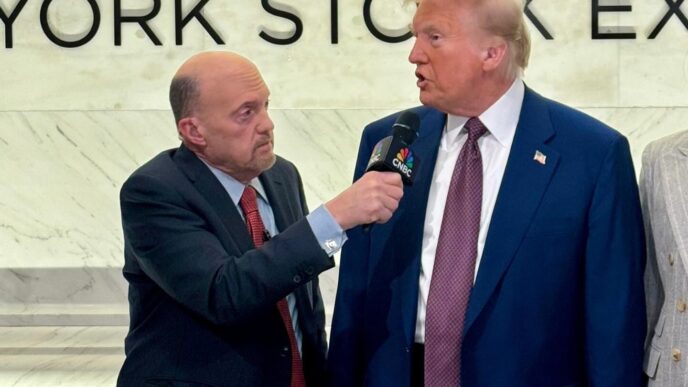In a surprising development, real-time economic data provider Truflation reported that the US inflation index has dropped to 1.66% as of early July 2025, marking the lowest level since December 2020.
This figure, significantly below the Federal Reserve’s 2% target, has sparked widespread discussion about the state of the economy and potential policy shifts. However, the official Consumer Price Index (CPI) from the Bureau of Labor Statistics (BLS) reported a higher 2.4% annual inflation rate for May 2025, raising questions about the discrepancy and its implications for consumers, businesses, and policymakers.
Truflation’s data, which draws from over 13 million price points across 30 commercial and public sources, suggests a sharp decline in consumer price pressures, particularly in food and utility costs. Social media platforms like X have buzzed with reactions, with some users celebrating the drop as a sign of economic stabilization under current policies, while others express skepticism, noting that everyday costs remain high despite the reported slowdown. “Hard to feel it when everything has become so expensive,” one user remarked, capturing a sentiment that prices, though rising more slowly, still strain household budgets.
The reported 1.66% rate, if accurate, could pressure the Federal Reserve to consider interest rate cuts as early as the second half of 2025. Lower inflation reduces the need for high borrowing costs, currently at 4.25–4.5%, and could stimulate economic growth. Posts on X reflect growing anticipation for such cuts, with some analysts pointing to falling Treasury yields and futures as evidence of easing conditions. However, economists warn that new tariffs and policy changes could reverse this trend, potentially pushing inflation higher by late summer.
The gap between Truflation’s 1.66% and the BLS’s 2.4% highlights methodological differences. Truflation’s real-time approach captures daily price changes, while the BLS relies on monthly surveys, offering a more stable but slower-to-update picture. Critics argue that Truflation’s data, while innovative, may overstate short-term fluctuations. Meanwhile, the BLS notes that shelter costs, up 0.3% in May, remain a primary driver of inflation, offsetting declines in energy and goods like apparel.
For consumers, the reported drop may offer cautious optimism, but the impact depends on whether price relief translates to essentials like groceries and housing. Economists urge vigilance, as policy uncertainty—particularly around trade and tariffs—could disrupt this disinflationary trend. As one X user noted, “The Fed will likely tread carefully,” reflecting the delicate balance between fostering growth and managing price stability.
The next BLS inflation update, due July 15, 2025, will provide further clarity. For now, the 1.66% figure fuels both hope and debate about the economy’s direction.
